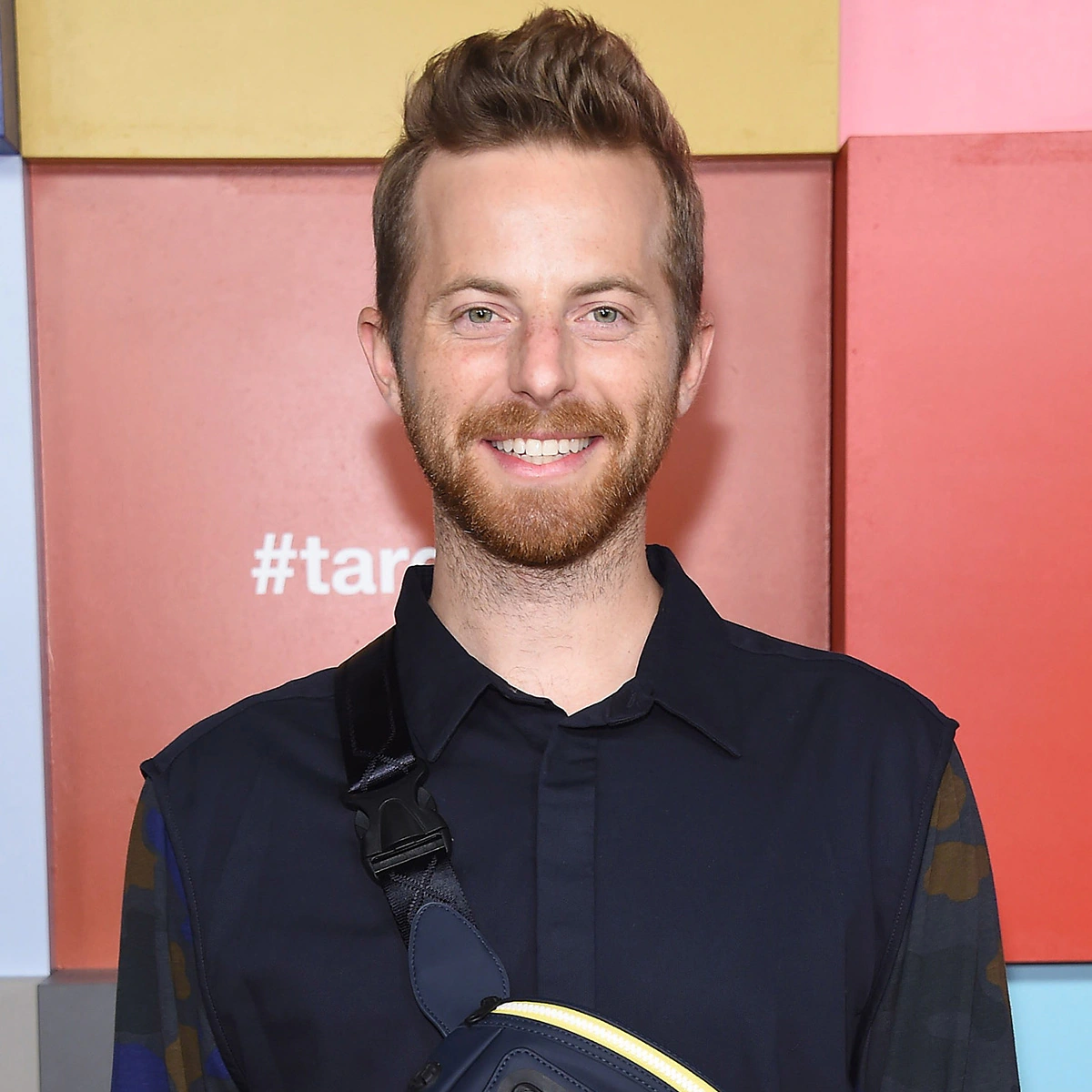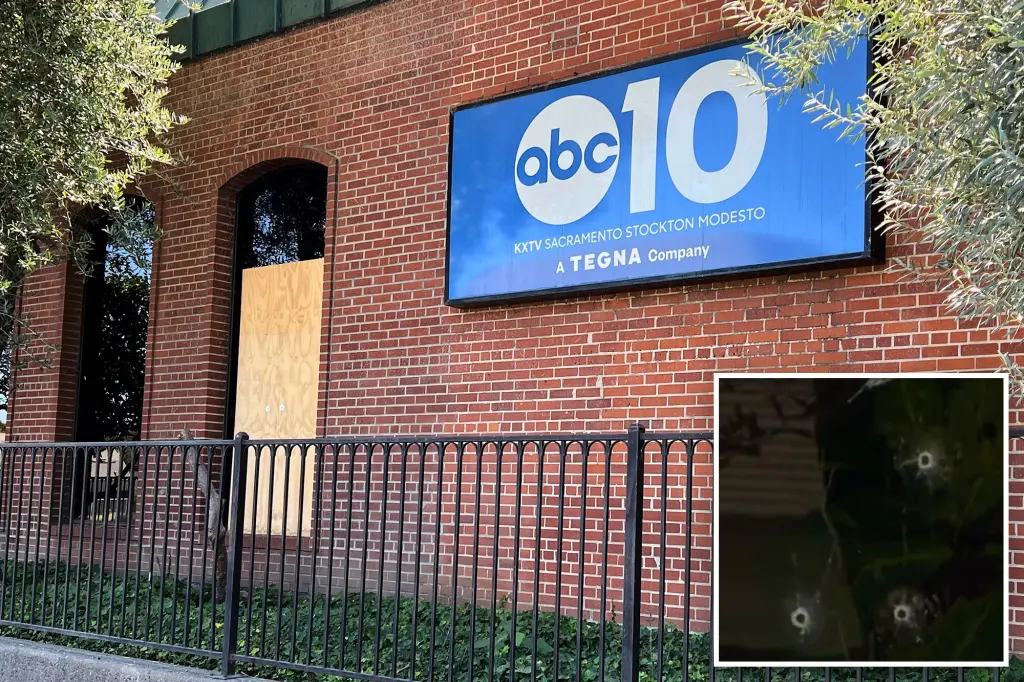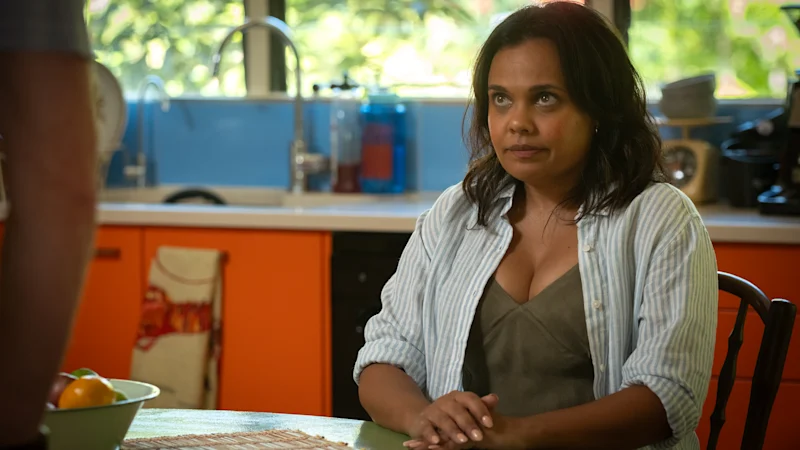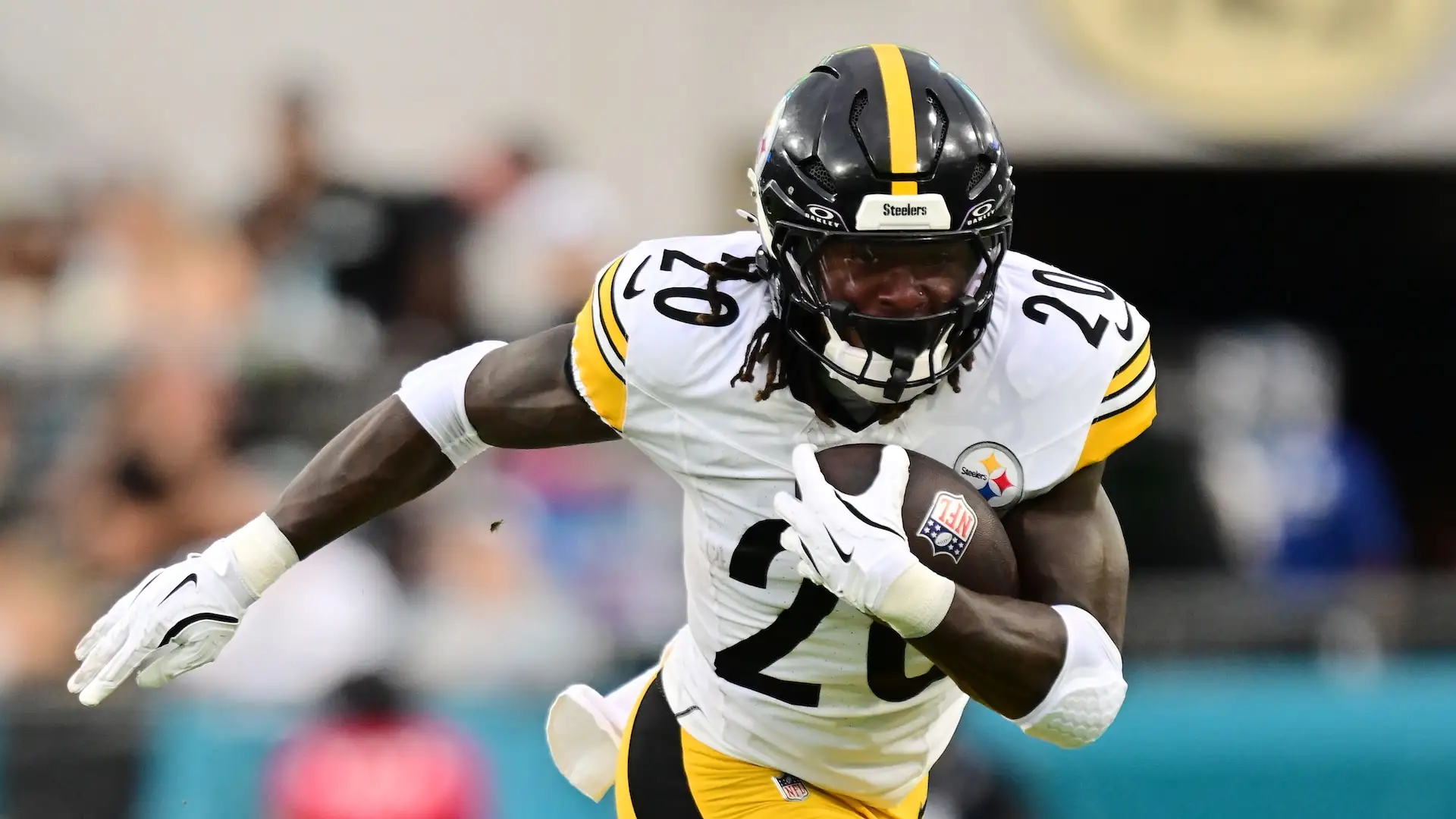By None
Copyright staradvertiser
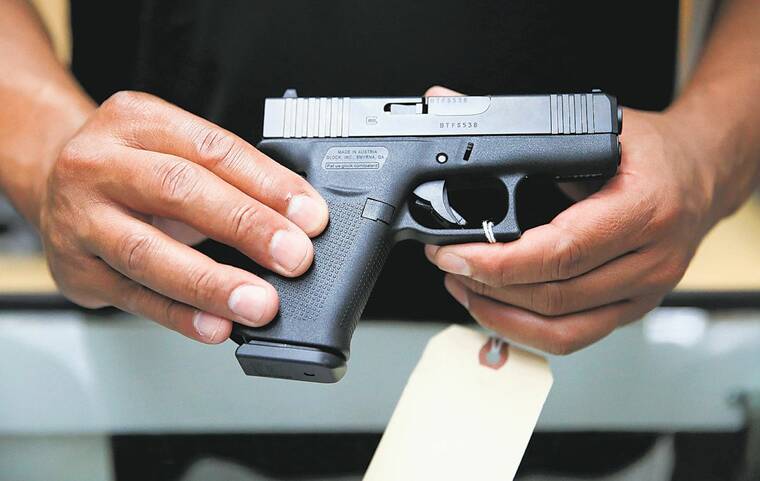
In the aftermath of yet another mass shooting, the same debates flare up: gun control versus gun rights, mental health versus criminal intent. But beneath these lies a quieter, more insidious driver of violence — one we continue to ignore at our peril: male detachment and loneliness.
According to Mental Health America (MHA), the only consistent predictor of gun violence is past violence. The exception to this may be suicide deaths by guns. And even with that, the primary issue remains access to guns. With suicide, even if a person has been planning the suicide for days or weeks, the moment of pulling the trigger is a very short timeframe. A matter of minutes versus hours or days.
Suicide is an impulsive act most of the time, which is why 24/7 crisis hotlines have saved countless lives — a warm, welcoming voice to talk you through your moments of deep despair.
Data from the National Institute of Health (NIH) points to the fact that people with mental illness are much more likely to be the target of gun violence rather than the perpetrator. This can easily be mischaracterized by the media and others because strong stigma continues to cloud mental illness.
But what about feeling disconnected from others, believing we have no constructive outlet or feeling like we have no community to call our own? Can that create fuel to act out in a violence manner? In 2023, the Pew Research Center released data on friendships and showed that 8% of men reported having no friends at all and 7% of men having one friend. Primarily due to socialization from childhood (and reinforced in adulthood), men are significantly more likely than women to report feeling socially isolated.
Friendships decline as we age, and emotional vulnerability is often stigmatized — especially for men. And while loneliness is not unique to men, the way many men are socialized to handle it — or more accurately, not handle it — can turn isolation into something volatile.
When loneliness festers, it doesn’t just hurt, it hardens. Cut off from healthy outlets for emotion, some men turn inward, becoming resentful, paranoid and angry. Others externalize their suffering through acts of aggression, seeking control or recognition through violence. This isn’t about excusing violent behavior — it’s about understanding the social conditions that incubate and exacerbate it.
Gun violence in the U.S., particularly mass shootings, is overwhelmingly committed by men. Nearly all shooters are male, and many fit a similar profile: socially isolated, struggling with rejection or perceived humiliation and searching for a way to assert themselves in a world they feel alienated from.
Guns, in this context, aren’t just weapons— they’re symbols of power and presence in lives marked by invisibility. Yes, men can create their own worlds where they believe they are powerless.
We tell boys to “man up” instead of teaching them how to process sadness or fear. We ridicule male vulnerability as weakness, then act surprised when that pain curdles into rage. We dismiss loneliness and detachment as a personal failing rather than a public health issue with far-reaching consequences — including deadly ones.
We need to consider investing in mental health, not just as a reactive tool, but as a preventive one. It means teaching emotional literacy and empathy in schools and it means creating spaces — real and virtual — where men can connect, express and be seen without shame.
Easy, reckless access to guns is probably the primary driver of gun violence. But loneliness is a common thread that ties together many acts of tragedy. Until we are brave enough to talk about that, we will continue to miss the warning signs — and continue to mourn the consequences.
Gary Norman, LCSW, LICSW is a therapist and behavioral health consultant in Pahoa.
